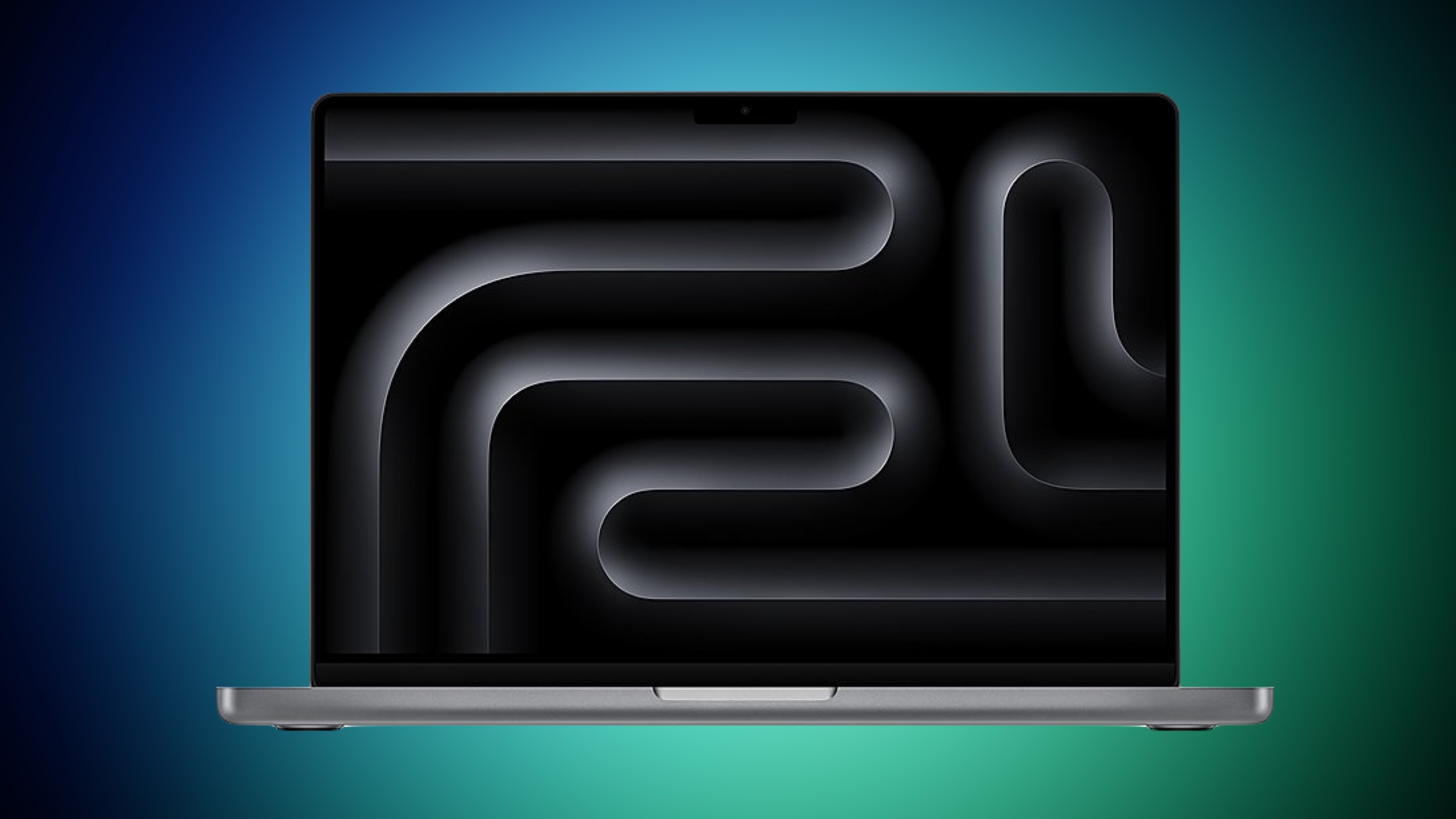Apple’s fixed one of the worst things about the MacBook Air with the new M3 model
[[{“value”:”
Apple has addressed one of the most controversial aspects in the base model of its MacBook Air laptops, with the new M3-toting version fixing the sluggish storage witnessed on its predecessor with the M2 chip.
9 to 5 Mac noticed that GregsGadgets on X (formerly Twitter) carried out some testing and found that the MacBook Air M3 is back up to the speed it should be with its SSD on the entry-level model.
Well this is unexpected – appears the 256GB base model M3 Air has a faster SSD drive compared to the controversial M2 Air. pic.twitter.com/mTqwxcbtSEMarch 8, 2024
For those who can’t recall, when the MacBook Air M2 emerged it was found to have much slower storage than the M1 did (as did the MacBook Pro M2), albeit only with the lowest spec model as mentioned (the base M2 version with a 256GB SSD).
The problem was Apple switched to use a single 256GB NAND module in the drive, rather than two 128GB storage chips as seen in the M1 – which meant that storage was much slower (not that far off being cut in half, performance-wise, in fact – which was why the move was so controversial).
However, as confirmed by a teardown conducted by Max Tech on YouTube, Apple has switched back to two NAND chips rather than one in the entry-level model of the base MacBook Air M3, and so read and write speeds for the SSD are back to where they should be. (Meaning the performance seen in the M1 variant, as GregsGadgets discovered).
Analysis: Split decision
Apparently the furore around the shift to one NAND chip for the SSD with the MacBook Air M2 base model was not lost on Apple, and the company has been sure not to make this mistake again with the M3. We would hope so, too, and this fixes one of the biggest complaints about the entry-level M2 take on the MacBook Air.
Why did Apple do this in the first place? As you might guess, it’s likely to be bound up in the cost of the SSD, and running with a single chip being a more affordable solution, allowing Apple to keep the cost of production down a little. This reduction in the bill-of-materials (or BoM) for the M2 spin came with a dear cost PR-wise, though, so it’s hardly surprising Apple has reverted to the two-chip solution.
Why is having two chips faster? Because the NAND modules can process tasks in parallel this way, for considerable performance benefits, whereas with just one chip obviously you lose that ability.
Apple has been listening to customers in terms of external display support, as well, and now with the MacBook Air M3 you can hook up two monitors, rather than just one as was previously the case. This comes with a catch, though, as we observe in our review – while two monitors are being driven, the MacBook Air’s display can’t be used (the laptop has to be closed).
Much of the flak now being aimed at this latest take on the MacBook Air is around that base model only running with 8GB of system RAM – and calls for Apple to make it a minimum of 16GB. It’s true that 8GB/256GB as an entry-level spec is feeling shaky these days, but of course, you can upgrade – at a cost (which is what cynics will argue Apple is pushing you to do, at an extra premium).
We should underline that the MacBook Air M3 is an incredible laptop, as our reviews of both the MacBook Air 15-inch and 13-inch versions underline quite clearly, but there’s still room for improvement.
You might also like
Two days with Vision Pro: Apple’s almost convinced me to part with $3,500The 3 big ways the Apple M3 chips will change Mac gaming foreverThese are the top MacBook deals right now
“}]]






